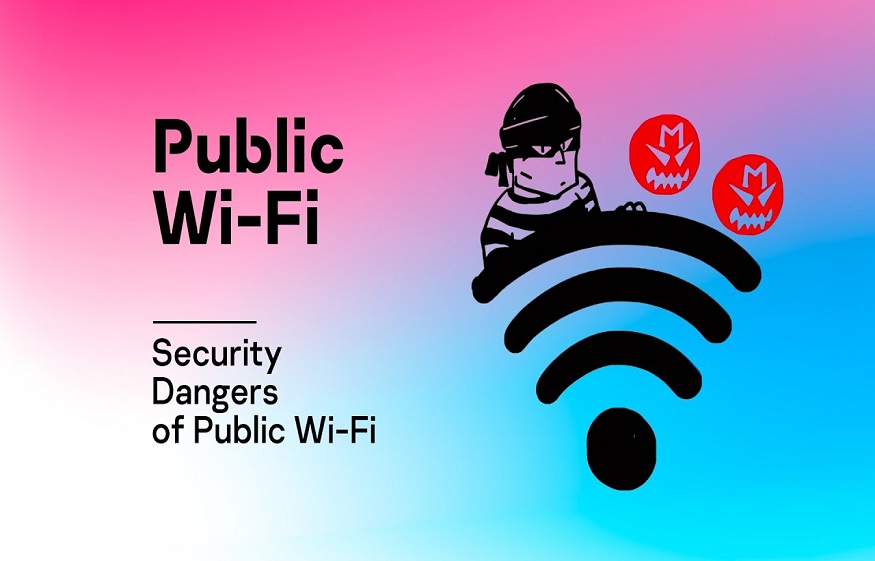Distance learning has seen an explosion in the last few years, and with it, a need to protect your home’s internet connection. Thanks to distance learning companies who’ve promoted their services with businesses like Digital Spotlight, e-learning has become far more accessible and easy to use.
However, with the proliferation of distance learning came an increase in people hoping to benefit from open home WiFi networks. It makes securing your home WiFi a vital part of safe distance learning.
Fortunately, advanced WiFi technologies can help ensure your connection’s security while your child learns from home. Combining these technologies with WiFi best practices is a surefire way to keep your home WiFi secure.
1. Know Your Network
Creating a secure home network starts with securing your network. Although most WiFi routers are simple to install, you’ll still need to take steps to make sure it’s running as it should. That involves restarting your router and keeping your account credentials up to date. These actions will help keep all users’ devices secure.
Another benefit to understanding your network will be your increased confidence to troubleshoot when a problem arises. You might not run into issues often, but as you become more familiar with your home network, you’ll understand basic fixes for common issues.
2. Assign a Workspace
When a child is in school, they’ll have a dedicated workspace in their classroom where they sit to learn each day. If your child has shifted to distance learning, you should find and designate a workspace at home where they’ll learn each day.
When finding a workspace, take some time to talk it over with your child to ensure it’s a comfortable spot. Try your best to focus on areas with excellent WiFi coverage, so you don’t have to worry about interruptions to your child’s school day.
3. Create a Mesh Network
In most cases, having a dedicated workspace is a good idea for e-learning. However, if your child likes to move around during the school day, a mesh network can help ensure your home doesn’t have any WiFi dead zones. Through the use of routers and access points, you’ll be able to get WiFi in every corner of your home.
A mesh network takes some time to set up since you’ll have to install access points throughout your home. However, once it’s all set up, your child will be able to access the internet anywhere they want.
4. Set Your Parental Controls
Distance learning often requires kids to be on the internet for hours. During downtime, you’ll want to make sure they’re not navigating into areas of the web they shouldn’t. So, to further protect your WiFi users, be sure to set your parental controls to suit your children.
In addition to restricting specific access, talk with your kids about internet safety and etiquette. Explain the most common red flags and online dangers they need to be wary of and how to handle them. This includes not sharing your WiFi password and alerting you if inappropriate content appears online.
5. Use Your Provider App
Some providers have an app customers can use to monitor their network. These apps allow you to see who’s on your network, view the MAC addresses of connected devices, and pause or provide internet access to users.
If you’re not sure whether your provider offers an app, you can log into your account to find out. Your provider app will also let you monitor your network when you’re away from home. It can be helpful if you work and have older children who’ll be on their own most of the day.
6. Change Your Passwords
Have you had the same WiFi password for the last five years? It might be time to update it, along with passwords for other accounts and devices. Before the school year begins, take a few minutes to change passwords for your devices, WiFi, and other accounts that could expose your network to intruders.
Once you change all your passwords, create a schedule to change them regularly a few times a year. This is especially true for your WiFi and network passwords to ensure online safety.
7. Invest in Intrusion Detection
Network intrusion detection devices (NIDS) monitor your network and detect abnormal activity. They allow you to see who’s on your network, how you use your internet, and if there’s any suspicious activity that could indicate an attack.
Technology like this is essential for keeping your home network safe during distance learning. Combined with the other methods listed here, you’ll be on top of your network and WiFi usage, allowing you to know right away if something’s amiss.
8. Create a Content Filtered Network
Often, when kids are doing distance learning, parents are nearby using the internet for their own purposes. If that’s the case for your household, creating a content filtered network separate from your main can let everyone have the access they need at the same time.
A content-filtered network will ensure that your kids will only be on age-appropriate sites. Plus, you’ll be able to do your work without the frustration of inaccessible websites.
9. Make a Schedule
When your kids are in front of the screen for several hours a day, you’ll want to minimize how much screen time they have once the school day ends. Perhaps that means limiting leisure tablet time to weekends or only allowing thirty minutes per day.
Whichever method works for you, draw up a schedule for your kids to see and stick with it. If your kids are older, you can include them in the schedule-making process to ensure they meet their needs.
10. Use Antivirus Software
Antivirus software comes preinstalled on many devices. In many cases, it’s the only thing preventing hackers, viruses, and malware from getting into your computer. So make sure your devices each have antivirus software up and running.
Also, periodically check to make sure your antivirus is up to date. Many programs update automatically, but you shouldn’t rely on that. Instead, manually check once a week to ensure you’re getting the protection you need.
Conclusion
Distance learning will continue to grow in the coming years as education evolves. To ensure your home network’s security, you’ll want to take proper precautions to secure your WiFi using advanced WiFi technologies and best practices. In doing so, you’ll be able to keep intruders out and your family’s information safe.



